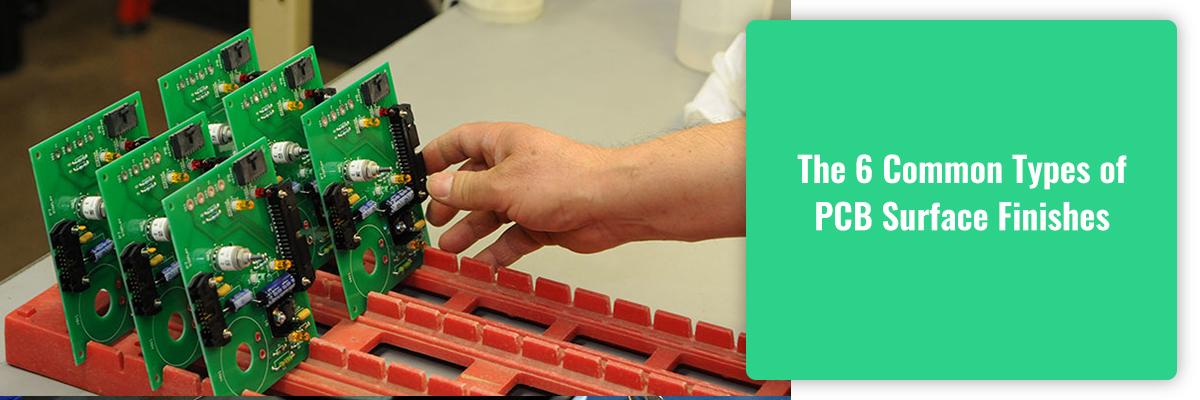Printed Circuit Boards (PCBs) are associated with innumerable applications across industries. Predominantly, PCBs are designed for applications in environments containing dust, harsh chemicals/solvents, and elevated/fluctuating temperatures and pressures, among others.
Since PCBs are manufactured with copper traces, they must be coated comprehensively with suitable surface finish materials. This is done to prevent deterioration/oxidation of copper, along with augmenting the service life of the assembly as a whole.
What are the Most Commonly used PCB Finish Materials?
PCB finishing materials must be chosen after considering several factors. These include materials used in the assembly, manufacturing methods, application areas and intended service period.
Some of the generally used surface finishes are listed below with their pros and cons.
-
Leaded Solder
Leaded solder, which is the most common in the list, is produced by mixing tin and lead. The finish is easy to apply and provides a comprehensive coating that lasts for years. It is applied by immersing the board completely into a mixture of molten lead and tin. Following the dipping stage, an air knife is used to blow off the excess mixture from the board’s surface. This technique is the oldest, but still popular, due to low cost and wide availability. However, the lead content is high, posing a threat to environmental sustainability.
-
Lead-Free Solder
Whenever the requirement calls for low cost and lead-free surface finish, this is the best solution. Here, the PCB is dipped in the molten mixture of tin and copper and then the excess solder is removed using an air knife. It offers a shiny silver colored finish that lasts for years. The type is known for its easy applications and wide availability.
-
Electroless Nickel Immersion Gold
Abbreviated as ENIG, this method is the best lead-free finish used in the PCB manufacturing. At first, nickel, about 150 to 200 micro inches, is coated onto the copper surface. This is followed by the application of a thin layer of gold (approximately 3 to 10 micro inches) over nickel. The coating provides comprehensive protection to the PCBs from hostile environmental conditions. However, the coating process is laborious and expensive.
-
Immersion Silver
There are several benefits associated with the immersion silver finishing technique. These include the ability to create a flat surface, outstanding solderability, and environmentally suitable lead free coating, among others. In this finishing process, one-micron thick layer of silver is comprehensively coated over the copper surface through the electroless plating process. The method is cost advantageous and compatible with most assembly processes. However, the coating is susceptible to damage with the exposure to high temperature, humidity, and improper handling.
-
Immersion Tin
It is a lead-free finish ideal for SMT assembly. Here, a thin layer of tin is applied over copper, resulting in a whitish finish. Immersion tin finish is cost-effective when compared to silver and gold immersion. However, it has limited shelf life and is liable to damage faster than gold and silver finishes. Due to this reason, PCBs coated with tin must be used within 6 to 12 months.
-
Organic Surface Protectant
It is a ‘green’ finish compared to others. Here, a water based organic compound is applied over copper using a conveyorized process. The coating substantially protects the copper from oxidation when used in aggressive industrial environments. It is a cost-effective finish that features simple application.
Along with protecting the copper circuitry, these surface finishes provide a solderable surface to assemble PCB components with ease. Selecting the right type of the several forms is critical, as it determines the efficiency and durability of the PCB.


.png)